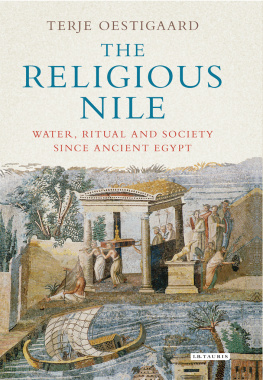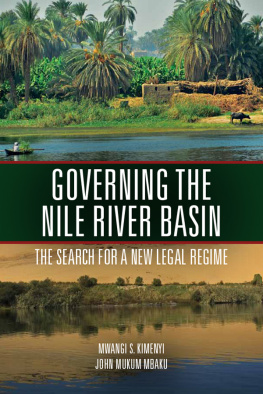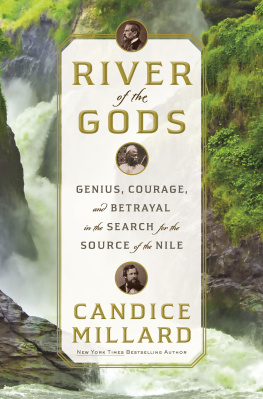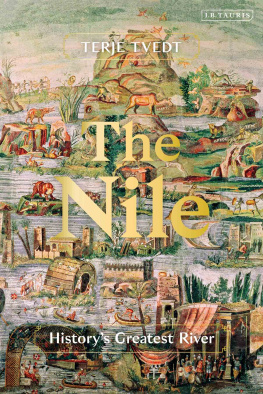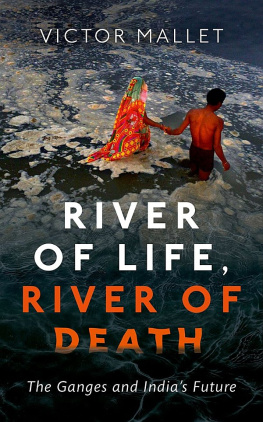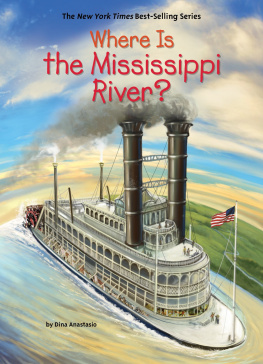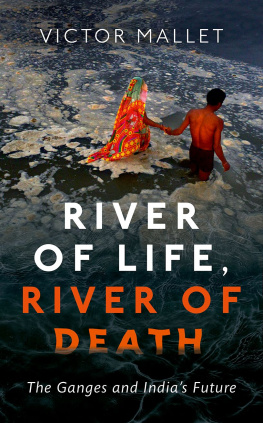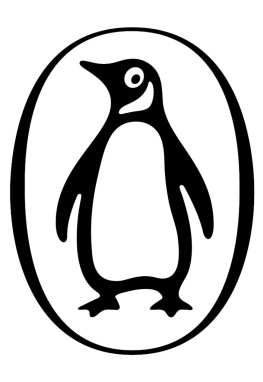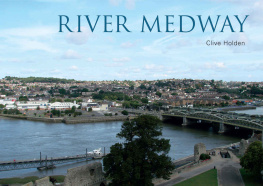Terje Oestigaard is Senior Researcher, Nordic Africa Institute, Uppsala, Sweden, and Docent, Department of Archaeology and Ancient History, Uppsala University. He has a doctorate in archaeology from the University of Bergen, where he was also a researcher in the Department of Geography. His books include Water, Christianity and the Rise of Capitalism (I.B.Tauris, 2013), Religion at Work in Globalised Traditions (2014), and Water and Food: From Hunter Gatherers to Global Production (co-ed. with T. Tvedt, I.B.Tauris, 2016).
Oestigaard is a rising star with spatial, temporal, and topical breadth akin to that of the insightful and exacting scholarship of Joseph Campbell. Oestigaards use of archaeology, documents, and ethnography is a clever, contemporary way to link great religious traditions and the human perception of the Divine. Carole L. Crumley, Professor Emerita, Department of Anthropology, University of North Carolina at Chapel Hill

Published in 2018 by
I.B.Tauris & Co. Ltd
London New York
www.ibtauris.com
Copyright 2018 Terje Oestigaard
The right of Terje Oestigaard to be identified as the author of this work has been asserted by the author in accordance with the Copyright, Designs and Patents Act 1988.
All rights reserved. Except for brief quotations in a review, this book, or any part thereof, may not be reproduced, stored in or introduced into a retrieval system, or transmitted, in any form or by any means, electronic, mechanical, photocopying, recording or otherwise, without the prior written permission of the publisher.
Every attempt has been made to gain permission for the use of the images in this book.
Any omissions will be rectified in future editions.
References to websites were correct at the time of writing.
ISBN: 978 1 78453 978 8
eISBN: 978 1 83860 963 4
ePDF: 978 1 83860 964 1
A full CIP record for this book is available from the British Library
A full CIP record is available from the Library of Congress
Library of Congress Catalog Card Number: available
Contents
Without me knowing it, this book started in 2004 just after I completed my doctoral dissertation. After a period of eight years studying death and life-giving waters in Nepal, India and Bangladesh along the holy rivers, one of my supervisors, Professor Terje Tvedt, advised me to change continent and focus on the Nile. There are many more possibilities there and less done from your perspective, he said, and I am indeed indebted to him for this advice, and, of course, he was right. As the saying goes, although in different forms, if you drink from the Nile you will always come back, and since then the Nile has been part of my life and career. My postdoctoral project An archaeology of the Pharaonic Nile and the rise of the Egyptian civilization: comparing religious water-worlds in history (project number 171313) was funded by the Research Council of Norway, for which I am very grateful, and it resulted in the book Horus Eye and Osiris Efflux: The Egyptian Civilisation of Inundation ca. 3000-2000 BCE (2011). builds on this work in a shorter and restructured version. Parallel to this work, I also had different positions at the Nile Basin Research Programme at the University of Bergen. During the 2008 spring semester I worked as the research coordinator for the research group Water, Culture and Identity, and edited the book Water, Culture and Identity: Comparing Past and Present Traditions in the Nile Basin Region (2009), focusing on cultural and religious aspects of the Nile. During 20089 I was also a Research fellow at The Centre for Advanced Study (CAS) at the Norwegian Academy of Science and Letters, University of Oslo and part of the research group Understanding the Role of Water in History and Development led by Terje Tvedt, continuing working with water and religion. Throughout the period 200116, I worked in close cooperation with Terje Tvedt on the nine-volume series A History of Water, which has also shaped my direction of water studies. I am therefore extremely grateful for the long and stimulating work with Terje over the years without his constant support and inspiration this book would never have materialized. I will also thank in particular the director of the Nile Basin Research Programme (NBRP), Dr Tore Saetersdal, for his support and friendship for more than two decades, and also Professor Randi Hland, who was my main supervisor in my early years, directing me not only to an anthropological approach in archaeology but also to the wider world and a global and comparative archaeology. I would also like to thank Professor Tim Insoll, who at the time was at the University of Manchester (now at the University of Exeter), where I had the opportunity to spend a short semester in 2007 studying the Nile and ancient Egyptian civilization.
Since 2000, I have worked primarily at the Centre for Development Studies at the University of Bergen, which in the following decade changed names and structure a number of times. The academic and administrative staff has to be thanked for constant support. In 2010 I moved from Bergen and started working at the Nordic Africa Institute in Uppsala, continuing with water and the Nile. In 2009 I had my first trip to Ethiopia and the source of the Blue Nile, which, again without knowing it, turned out to define my future research direction for years. Not only did I work in close cooperation with my good friend Gedef Abawa Firew, and together we published the book The Source of the Blue Nile: Water Rituals and Traditions in the Lake Tana Region (2013), but it also stimulated my continuing research in Ethiopia, and other places along the Nile. In Ethiopia, most of the fieldwork was conducted in August/September 2009 and in January and March 2010, with additional follow-up inquiries in 2011 and 2015 on specific topics being pursued during the process of writing. I would like to thank Professor Yacob Arsano at Addis Ababa University and the members of the History Department at Bahir Dar University, Ethiopia, whose help was instrumental. Parts of build on this work in a restructured form.
At the Nordic Africa Institute I was part of the Rural and Agrarian Change, Property and Resources cluster, led by Professor Kjell Havnevik. I am grateful for Kjell Havneviks support and trust in my work, also when things did not turn out as planned, which happened with my next and main project about rainmaking and globalization in Tanzania. The main fascination with ethnographic fieldwork, and the greatest frustrations as well, is that it never turns out as expected. Despite initial difficulties, I ended up on the southern shores of Lake Victoria, which resulted in the book Religion at Work in Globalised Traditions: Rainmaking, Witchcraft and Christianity in Tanzania (2014). The fieldwork was carried out in 2011 and during the drought in the Horn of Africa. I would like to thank my interpreter Simeon Mwampashi whose personal and social skills opened up many doors during the course of the fieldwork. I would also like to express my gratitude to Jumanne Abdallah, Sokoine University of Agriculture, Tanzania, and the nuns at Nyakahoja Hostel.
Since I had been working with the source of the Blue Nile and the Sukuma on the southern shores of Lake Victoria, it led naturally to my next focus: the historic source of the White Nile in Uganda on the northern shores of Lake Victoria. I conducted fieldwork there from 2012 to 2014 (and a short fieldwork in 2017) in parallel with other projects, and during the autumn of 2014 I had a more or less complete manuscript ready to be published as a book with the title

